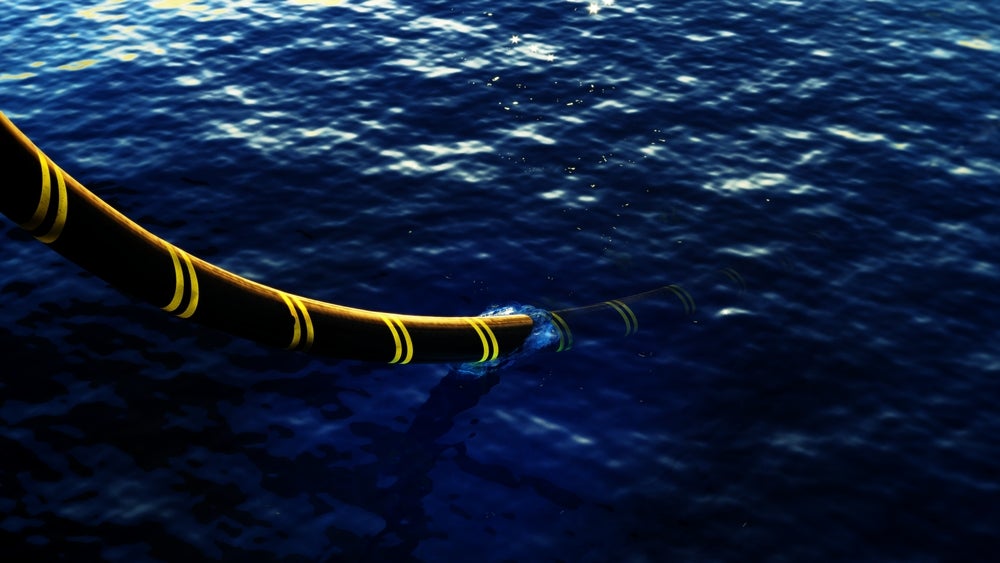Garmin has filed a patent for an autoland system that can land an aircraft without pilot intervention. The system includes modules and a processor that can identify potential destinations, calculate a merit for each destination, create a route accounting for terrain and obstacles, and cause the aircraft to land at the selected destination using autopilot modes. The system aims to improve safety and efficiency in aircraft landings. GlobalData’s report on Garmin gives a 360-degree view of the company including its patenting strategy. Buy the report here.

Access deeper industry intelligence
Experience unmatched clarity with a single platform that combines unique data, AI, and human expertise.
According to GlobalData’s company profile on Garmin, fitness trackers was a key innovation area identified from patents. Garmin's grant share as of September 2023 was 73%. Grant share is based on the ratio of number of grants to total number of patents.
Autoland system for landing an aircraft without pilot intervention
A recently filed patent (Publication Number: US20230316938A1) describes an aircraft autoland device that aims to enable automated landing without requiring pilot intervention. The device consists of a memory and a processor that executes various modules to perform specific functions.
The first claim of the patent describes the device's ability to identify potential destinations for an aircraft and select a destination based on a calculated merit. It then creates a route from the aircraft's current position to an approach fix associated with the selected destination. The device also has the capability to select an autopilot mode from options such as vertical navigation mode (VNAV), lateral navigation mode (LNAV), flight level change (FLC) mode, and altitude hold (ALT) mode. Using the selected autopilot mode, the device guides the aircraft along the route and lands it at the chosen destination without requiring pilot intervention.
The second claim highlights that the processor selects the autopilot mode based on the altitude associated with the created route. This suggests that the device takes into account altitude information to determine the appropriate autopilot mode for the aircraft.
The third claim specifies that the processor can determine an altitude constraint for the created route and set an altitude preselector accordingly. This feature ensures that the device considers altitude restrictions and adjusts the autopilot mode accordingly.
The fourth claim states that the processor selects the autopilot mode based on the airspeed associated with the created route. This indicates that the device takes into account airspeed information to determine the appropriate autopilot mode for the aircraft.
The fifth claim mentions that the memory of the device includes terrain data, which the processor uses to calculate the merit for potential destinations. This suggests that the device considers terrain information when evaluating the suitability of different destinations.
The sixth claim reiterates the features described in the first claim, emphasizing the device's ability to identify potential destinations, select a destination based on merit, create a route, and guide the aircraft using the selected autopilot mode for automated landing.
The seventh claim specifies that the processor can determine an altitude constraint for the created route and set an altitude preselector accordingly, similar to the third claim.
The eighth claim reiterates the feature mentioned in the fourth claim, highlighting the processor's ability to select the autopilot mode based on the airspeed associated with the created route.
The ninth claim states that the processor can choose between the vertical navigation mode (VNAV), lateral navigation mode (LNAV), flight level change (FLC) mode, and altitude hold (ALT) mode. This suggests that the device provides flexibility in selecting the most appropriate autopilot mode for the aircraft.
In summary, the patent describes an aircraft autoland device that utilizes various modules and autopilot modes to enable automated landing without pilot intervention. The device considers factors such as altitude, airspeed, and terrain data to determine the appropriate autopilot mode for the aircraft and guides it along a calculated route to the selected destination.
To know more about GlobalData’s detailed insights on Garmin, buy the report here.
Data Insights
From

The gold standard of business intelligence.
Blending expert knowledge with cutting-edge technology, GlobalData’s unrivalled proprietary data will enable you to decode what’s happening in your market. You can make better informed decisions and gain a future-proof advantage over your competitors.







